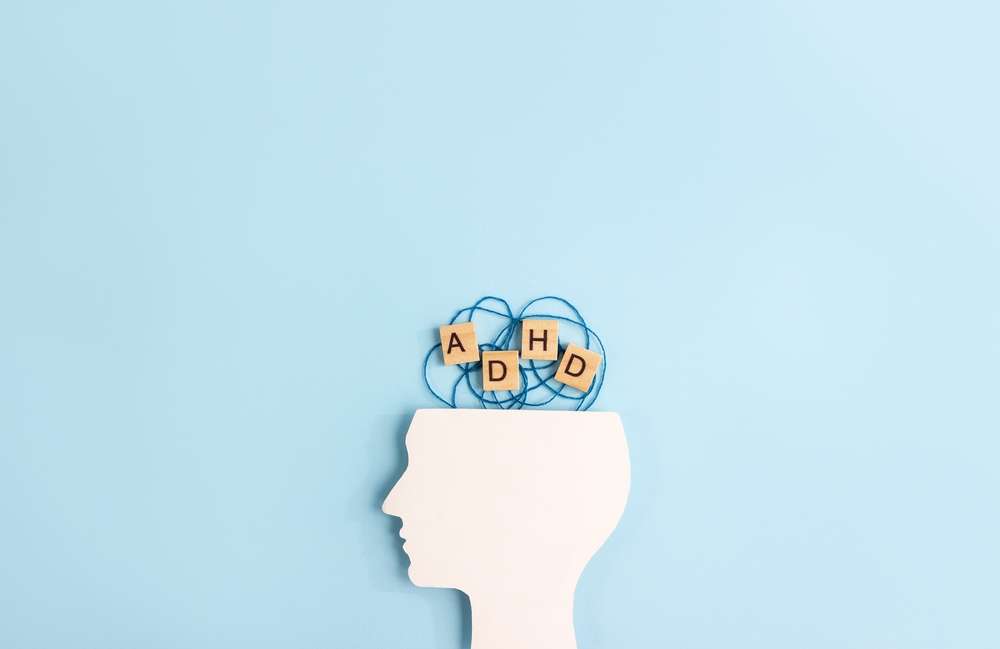Understanding Common Causes of Palpitations and Arrhythmias
Maintaining heart health is crucial because palpitations and arrhythmias (also known as heart rhythm disorders) are increasingly common in today's society. In fact, it is estimated that more than 15 million Americans currently suffer from some form of arrhythmia. Looking ahead to 2025, understanding these arrhythmias is essential because they vary in severity, ranging from benign to life-threatening. In this article, we'll delve into the most common causes of arrhythmias and identify triggers that may lead to heart health problems.

Feeling the heart flutter, race, or skip can be unsettling. Palpitations describe these sensations, while arrhythmias are electrical rhythm disturbances that sometimes underlie them. Many episodes are brief and harmless, linked to stress, stimulants, or dehydration. Others reflect a medical issue such as atrial fibrillation, thyroid imbalance, or structural heart disease. Understanding likely triggers, how clinicians assess irregular rhythms, and which everyday habits influence the heartbeat can help you communicate more effectively during appointments and recognize when urgent assessment is needed.
This article is for informational purposes only and should not be considered medical advice. Please consult a qualified healthcare professional for personalized guidance and treatment.
Common Afib Triggers
Atrial fibrillation (Afib) is the most common sustained arrhythmia, and its episodes are often influenced by modifiable factors. Common Afib triggers include alcohol (particularly binge drinking or the so‑called holiday heart), caffeine and energy drinks, nicotine, and certain decongestants or stimulants. Poor sleep, especially untreated obstructive sleep apnea, raises susceptibility. Dehydration and electrolyte shifts from illness, vomiting, diarrhea, or heavy sweating can precipitate an episode. Thyroid overactivity, acute infections, intense endurance exercise, and emotional stress also act as triggers. For many, these influences do not cause Afib by themselves but lower the threshold for an episode in someone already prone to it. Tracking patterns around sleep, stress, alcohol, and exertion can clarify personal triggers.
Causes of Irregular Heartbeat
Irregular heartbeat has many causes, ranging from benign extra beats to conditions that warrant close follow‑up. Occasional premature atrial or ventricular beats are common and may be felt as a pause or thump. Persistent arrhythmias include Afib, atrial flutter, supraventricular tachycardia, and various ventricular rhythms. Underlying drivers include high blood pressure, coronary artery disease, valve disease, heart failure, and cardiomyopathies. Non‑cardiac causes such as thyroid disorders, anemia, fever, pregnancy, and imbalances in potassium or magnesium can disrupt conduction. Medications (for example, some inhalers or decongestants) and substances like caffeine, alcohol, or illicit stimulants can also contribute. Slow rhythms (bradyarrhythmias) may reflect aging of the heart’s conduction system or medication effects. A 12‑lead ECG confirms the rhythm; ambulatory monitors and wearables can help capture intermittent symptoms.
Treatment for Irregular Heartbeat
Treatment depends on the specific rhythm, its duration, symptoms, and underlying conditions. Evaluation commonly includes an ECG, blood tests (including thyroid function and electrolytes), and cardiac monitoring such as a Holter or event recorder. Addressing causes—optimizing blood pressure, treating sleep apnea, correcting thyroid issues or electrolytes, and moderating alcohol or caffeine—often reduces episodes. For Afib and some tachycardias, rate control medicines (beta blockers or certain calcium channel blockers) can slow the pulse; rhythm control strategies may involve antiarrhythmic drugs or electrical cardioversion. Catheter ablation is an option for selected arrhythmias when medications are ineffective or not tolerated. Stroke prevention in Afib is guided by validated risk scores; anticoagulation is considered when overall benefit outweighs bleeding risk. Bradyarrhythmias with symptoms or high risk may require pacemaker implantation.
How to Get Irregular Heartbeat Back to Normal
When symptoms arise and do not involve red flags, practical steps may help. Stop stimulants such as caffeine, energy drinks, nicotine, and recreational drugs. Avoid alcohol during an episode. Hydrate with water or oral rehydration solutions, especially after illness or heavy sweating. Gentle, slow breathing can reduce sympathetic drive. If a clinician has previously confirmed a regular narrow‑complex SVT, vagal maneuvers taught by a professional may be appropriate. Rest, avoid strenuous exertion, and review any new over‑the‑counter medicines—especially decongestants. Use a home blood pressure monitor or wearable to record pulse information you can share at follow‑up. Seek urgent evaluation for severe chest pain, fainting, new neurological symptoms, marked shortness of breath, or a sustained very rapid pulse at rest; local services in your area can provide immediate assessment.
Irregular Heartbeat in Elderly
Irregular heartbeat in elderly adults is common due to age‑related changes in cardiac tissue, higher rates of hypertension, diabetes, sleep apnea, and valve disease, and the effects of multiple medications. Afib prevalence rises with age, and episodes may be more frequent during infections or dehydration. Medication interactions are a particular concern; some drugs used for colds, urinary symptoms, or lung disease can elevate heart rate. Slow rhythms from sick sinus syndrome or atrioventricular block are also more frequent and may cause fatigue, dizziness, or falls. Management balances symptom relief, stroke prevention, and safety: rate versus rhythm control is individualized, and anticoagulation decisions consider both stroke and bleeding risks. Periodic medication review, kidney function monitoring, attention to sleep and hydration, and fall‑prevention strategies are especially important.
Conclusion Palpitations and arrhythmias span a spectrum from benign extra beats to conditions requiring structured long‑term care. Recognizing common Afib triggers, addressing modifiable factors such as sleep, alcohol, and hydration, and understanding potential medical causes equip people to discuss symptoms clearly and pursue appropriate evaluation. With accurate diagnosis and tailored therapy—from lifestyle steps to medications, ablation, or devices—most individuals can reduce episodes and lower complications while maintaining daily activities.




